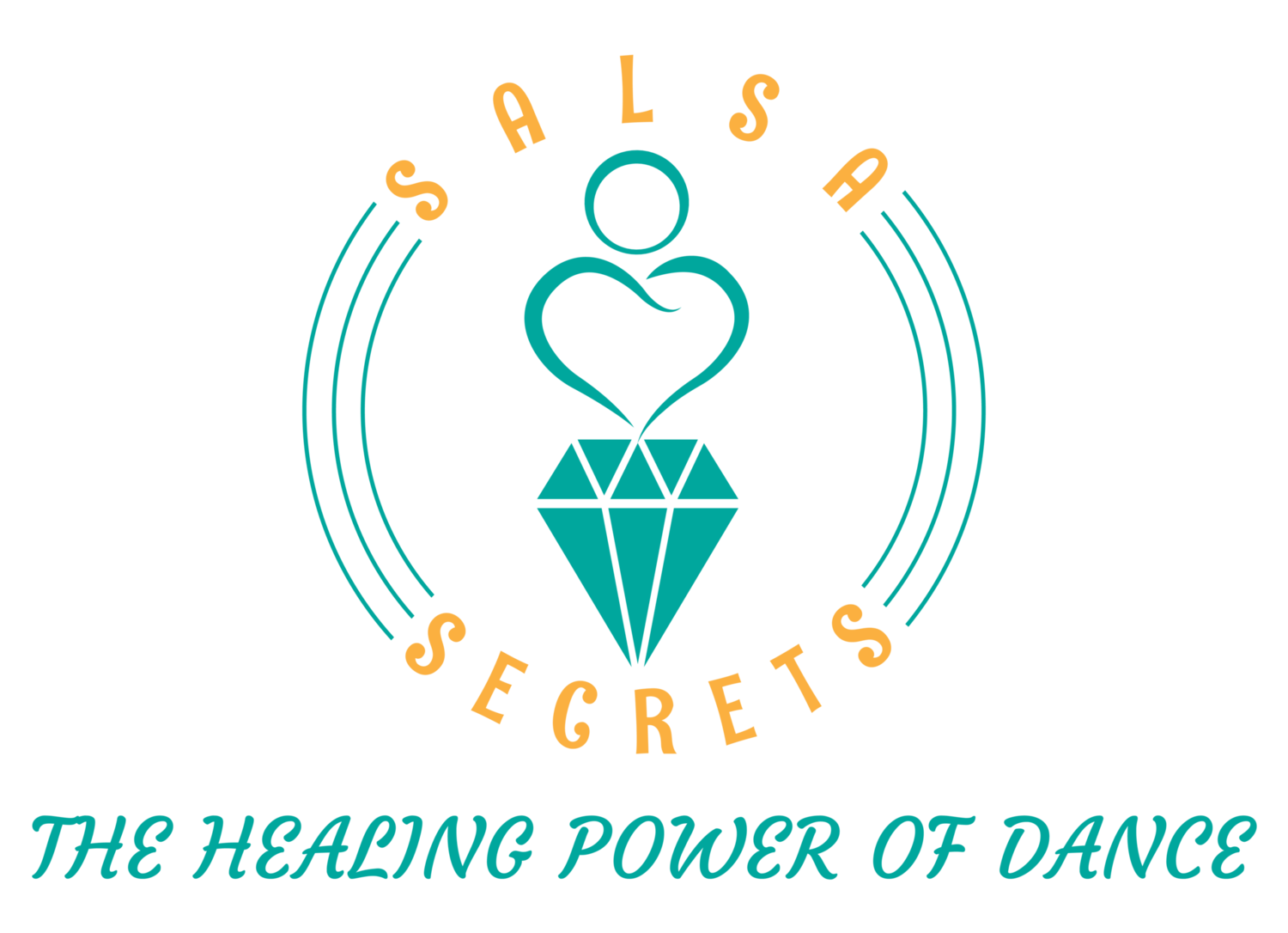The vibrant and rich tapestry of Afro-Cuban culture is a fascinating amalgamation of African and Spanish influences, creating a unique blend of music, dance, and spirituality. One of the most captivating aspects of Afro-Cuban culture is its dance, which embodies the soul, history, and rhythm of a people who have overcome immense challenges. Since 2017, we’ve been leading dance retreats in Cuba. Afro-Cuban dance and culture is prominent in Havana and we wanted to honor it here on our blog.
Historical Roots
Afro-Cuban dance traces back to the arrival of African slaves on the island of Cuba during the colonial era, mainly during the 16th to 19th centuries. These enslaved Africans brought with them their diverse cultural traditions, including their music and dance. Over time, these traditions melded with the Spanish culture present in Cuba, giving birth to the unique Afro-Cuban dance forms we see today.
Spiritual and Cultural Significance
Afro-Cuban dance is not just about moving to the rhythm of drums; it carries deep spiritual and cultural significance. At the core of many Afro-Cuban dances is the connection to Santería, a syncretic religion that blends Yoruba traditions from West Africa with Catholicism. Each dance has its orishas (deities) and carries a particular message, prayer, or intention. The dancers often embody these deities and engage in rituals that are both physical and spiritual. The dances are a form of prayer, a way to connect with the divine and pay homage to one's ancestors.
Diverse Forms of Afro-Cuban Dance
Afro-Cuban dance encompasses a wide range of styles, each with its own unique characteristics. Here are some of the most well-known forms:
Rumba
Rumba is a popular and energetic Afro-Cuban dance style. It includes elements of percussion, singing, and dance and is often performed during festivals and social gatherings. Rumba has three main styles: Yambú, Guaguancó, and Columbia, each with its distinct movements and rhythms.
Yoruba Dance
This form of dance is directly linked to the Yoruba people from West Africa and their religious practices. Dancers often wear traditional attire and use intricate footwork and rhythmic movements to express their devotion to orishas.
Bata Dance
Bata is a type of Afro-Cuban drum and also a dance style. Dancers interact with the drummers and the rhythms of the bata drums to create an intricate and lively performance.
Son Cubano
Son Cubano is a genre of music and dance that blends Spanish guitar with Afro-Cuban rhythms. The dance is known for its smooth, flowing movements and is often performed in couples.
Afro-Cuban Folkloric Dances
These encompass a wide range of traditional dances, such as the Palo, Arará, and Abakuá, each with its unique style and cultural significance.
Modern Influence and Global Reach
While Afro-Cuban dance has deep historical and cultural roots, it has also evolved and found a place in modern dance and global culture. It has influenced various dance forms, especially salsa, and can be seen in dance schools and performances worldwide.
Afro-Cuban dance is not just a form of entertainment but a living testament to the resilience and rich cultural heritage of the Afro-Cuban people. It combines spirituality, history, and rhythm in a way that is both captivating and deeply meaningful. As we celebrate the beauty of Afro-Cuban dance, it is essential to remember and respect its cultural and historical significance. By doing so, we can appreciate the art form and the culture from which it arises in a more meaningful way. Afro-Cuban dance serves as a reminder that, even in the face of adversity, people can create something beautiful, soulful, and profoundly meaningful.
To experience Cuba first hand, join us on one of our retreats. LEARN MORE

